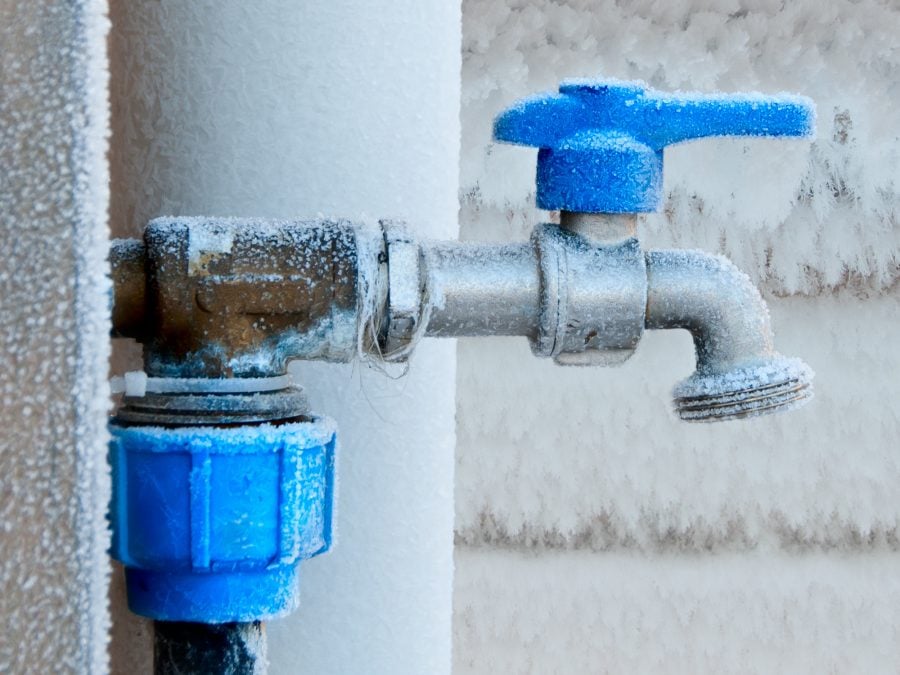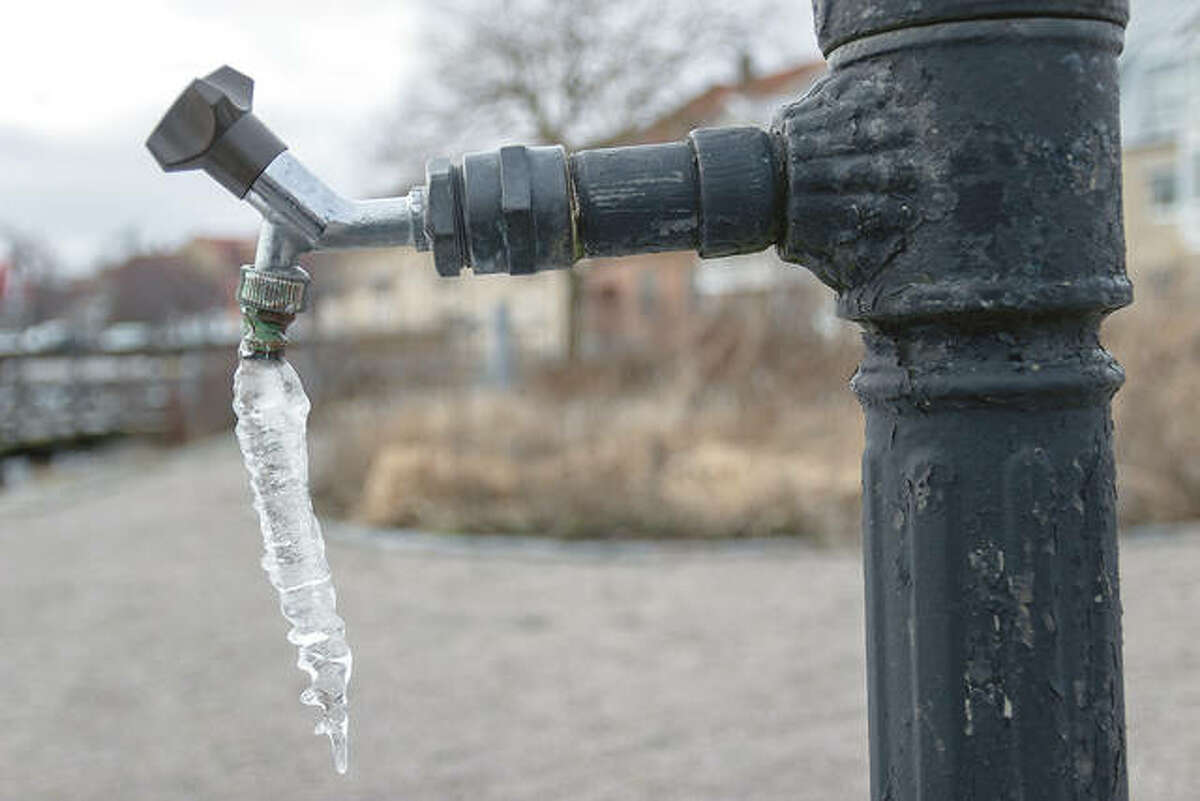Avoid Frozen Pipes in Winter: Professional Advice
Avoid Frozen Pipes in Winter: Professional Advice
Blog Article
The writer is making a few great observations regarding How to prepare your home plumbing for winter weather overall in this post followed below.

Winter can wreak havoc on your pipes, particularly by freezing pipes. Below's how to prevent it from occurring and what to do if it does.
Introduction
As temperatures decline, the risk of icy pipes increases, possibly causing pricey repair services and water damages. Understanding how to prevent icy pipelines is essential for house owners in cool climates.
Avoidance Tips
Protecting prone pipes
Wrap pipelines in insulation sleeves or make use of warm tape to safeguard them from freezing temperatures. Focus on pipes in unheated or external locations of the home.
Heating techniques
Keep indoor spaces effectively heated, particularly locations with pipes. Open up closet doors to allow warm air to circulate around pipes under sinks.
How to identify icy pipes
Look for lowered water circulation from faucets, uncommon odors or noises from pipelines, and visible frost on subjected pipelines.
Long-Term Solutions
Structural adjustments
Think about rerouting pipelines far from outside walls or unheated areas. Add extra insulation to attic rooms, basements, and crawl spaces.
Updating insulation
Invest in high-quality insulation for pipelines, attics, and wall surfaces. Appropriate insulation assists maintain consistent temperatures and reduces the risk of icy pipelines.
Shielding Outside Pipes
Garden hose pipes and outside taps
Detach and drain pipes yard pipes prior to winter months. Install frost-proof spigots or cover outdoor taps with insulated caps.
Recognizing Icy Pipes
What triggers pipelines to freeze?
Pipelines freeze when revealed to temperatures below 32 ° F (0 ° C) for prolonged periods. As water inside the pipelines ices up, it broadens, taxing the pipeline walls and potentially creating them to break.
Risks and damages
Frozen pipes can result in water disturbances, home damage, and pricey repairs. Ruptured pipes can flood homes and create substantial structural damage.
Indications of Frozen Water Lines
Identifying icy pipelines early can stop them from rupturing.
What to Do If Your Pipes Freeze
Immediate activities to take
If you think icy pipes, maintain taps open to soothe stress as the ice melts. Use a hairdryer or towels taken in hot water to thaw pipes slowly.
Final thought
Protecting against frozen pipes calls for positive measures and fast reactions. By understanding the causes, indications, and safety nets, home owners can secure their pipes during cold weather.
6 Proven Ways to Prevent Frozen Pipes and Protect Your Home
Disconnect and Drain Garden Hoses
Before winter arrives, start by disconnecting your garden hoses and draining any remaining water. Close the shut-off valves that supply outdoor hose bibs and leave the outdoor faucet open to allow any residual water to drain. For extra protection, consider using faucet covers throughout the colder months. It’s also important to drain water from any sprinkler supply lines following the manufacturer’s directions.
Insulate Exposed Pipes
Insulating your pipes is an effective way to prevent freezing. Pipe insulation is readily available at home improvement stores and is relatively inexpensive. Pay close attention to pipes in unheated areas such as the attic, basement, crawl spaces, or garage. Apply foam insulation generously to create a buffer against the cold. You can also wrap your pipes in heat tape or thermostat-controlled heat cables for added warmth.
Seal Air Leaks
Inspect your home for any cracks or openings that could let in cold air. Seal any holes around the piping in interior or exterior walls, as well as the sill plates where your home rests on its foundation. Additionally, make sure to keep your garage door closed unless you’re entering or exiting. Leaving it open creates a significant air leak that can lead to frozen pipes.
Allow Warm Air Circulation
During cold snaps, it’s essential to allow warm air to circulate evenly throughout your home. Leave interior doors ajar to promote better airflow. Open kitchen and bathroom cabinets to help distribute heat consistently around the rooms. If you have small children or pets, be sure to remove any household chemicals or potentially harmful cleaners from open cabinets for safety.
Let Faucets Drip
A small trickle of water can make a big difference in preventing ice formation inside your pipes. When temperatures drop significantly, start a drip of water from all faucets served by exposed pipes. This continuous flow helps prevent the water from freezing. Additionally, running a few faucets slightly can relieve pressure inside the pipes, reducing the chances of a rupture if the water inside does freeze.
https://choateshvac.com/6-proven-ways-to-prevent-frozen-pipes-and-protect-your-home/

I discovered that blog posting on Helpful Tips to Prevent Frozen Pipes this Winter while surfing the search engines. Sharing is caring. Helping people is fun. Thanks a bunch for being here. Please check up our website back soon.
Call Today Report this page